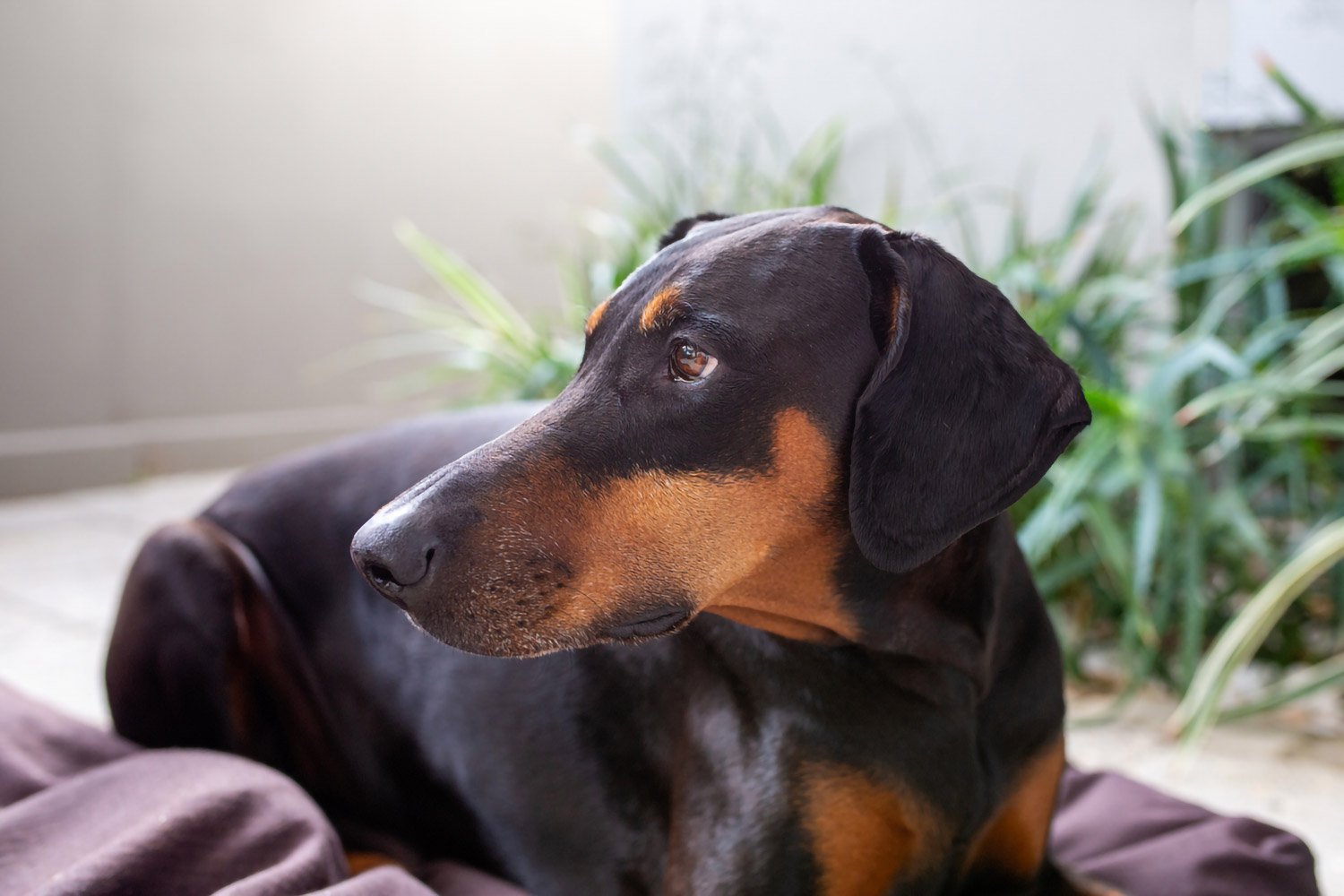

The last thing any dog owner wants to think about is gastric dilatation and volvulus (GDV), commonly known as bloat. But for pet parents with deep-chested dogs it’s a fear that’s always lurking.
GDV is quickly fatal and one of the leading causes of death in dogs for some breeds like Great Danes. During an episode of bloat, a dog’s stomach dilates and fills with air or fluid. Occasionally the condition stops there, but often it progresses into volvulus, full GDV. During this stage, the stomach twists upon itself. Bloat can kill a dog within hours if not treated immediately.
The treatment for bloat is a gastropexy. During this surgical procedure, the dog’s stomach is sutured to the wall of the body to prevent twisting. Prior to applying the suture, the veterinarian will untwist the stomach returning it to its normal position.
A gastropexy is most commonly performed as an emergency surgery in response to an episode of bloat but preventative surgery called prophylactic gastropexy is an option to prevent a future episode.
GET THE BARK NEWSLETTER IN YOUR INBOX!
Contents
Sign up and get the answers to your questions.
Often veterinarians will perform a prophylactic gastropexy at the time of spay/neuter. But for dogs that have already been altered a laparoscopic option is available which is minimally invasive with only small incisions made. With a laparoscopic gastropexy, only minor complications have occurred—most commonly a temporary skin fold.
Does a Gastropexy Work?
While the gastropexy is not effective at preventing bloat of the stomach (filling up with gas), it does prevent the life-threatening twisting of the stomach.
And that’s a good thing.
But Dr. Michael Willard, professor at Texas A&M University College of Veterinary Medicine & Biomedical Sciences add an important caveat, “Prophylactic gastropexy may greatly lessen the risk of recurrence, but it is does not completely eliminate it.”
So, how much does preventative gastropexy lessen the risk? It can decrease the rate of recurrence from 55% to 4%.
Is It worth the Risks?
When it comes to determining if a prophylactic gastropexy is a good solution for your dog, your first stop should be your veterinarian. Talk with your vet about your concerns. They can help review your dog’s health and the potential occurrence and risk factors with you.
Some GDV Risk Factors Include:
- Large breed dogs have a 24% chance at developing GDV. Great Danes have the largest occurrence rate of over 40%.
- A dog’s risk for GDV increases with age.
- Deep chested dogs like Dobermans are in higher risk.
Willard estimates the average cost of treating a GDV case with surgery to be between $2,000 and $5,000, but if there are complications, the cost could be much higher.
Beyond the general risk of surgery and anesthesia, gastropexy is generally well tolerated by most dogs, though some dogs have experienced gastrointestinal issues. If you’re thinking about getting a gastropexy for your dog, seek an experienced veterinarian surgeon.
Remember: If bloating of the stomach occurs in your dog, seek out veterinary attention immediately regardless of if your dog has had a gastropexy.